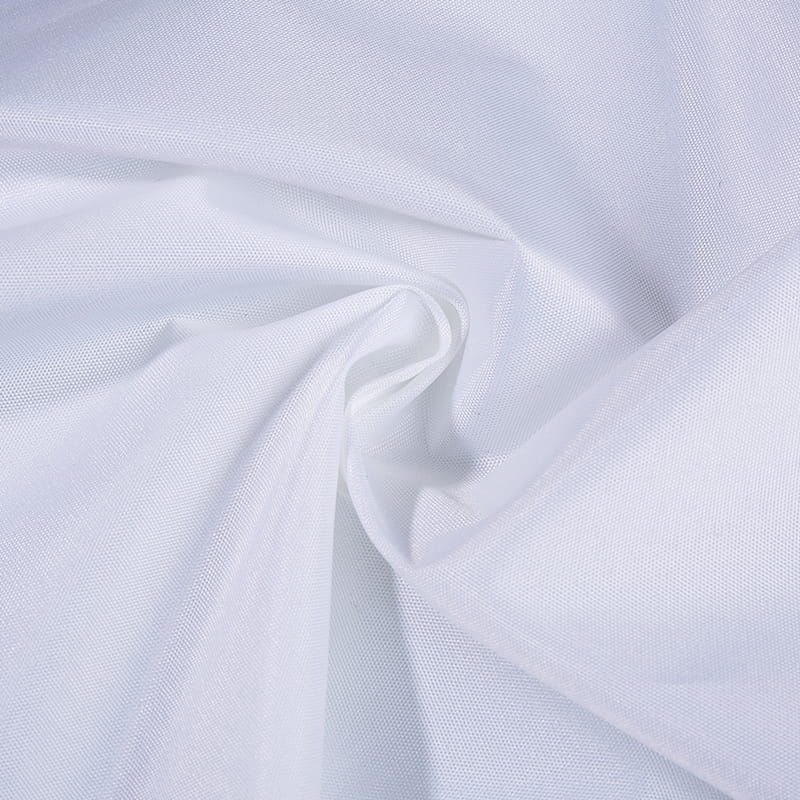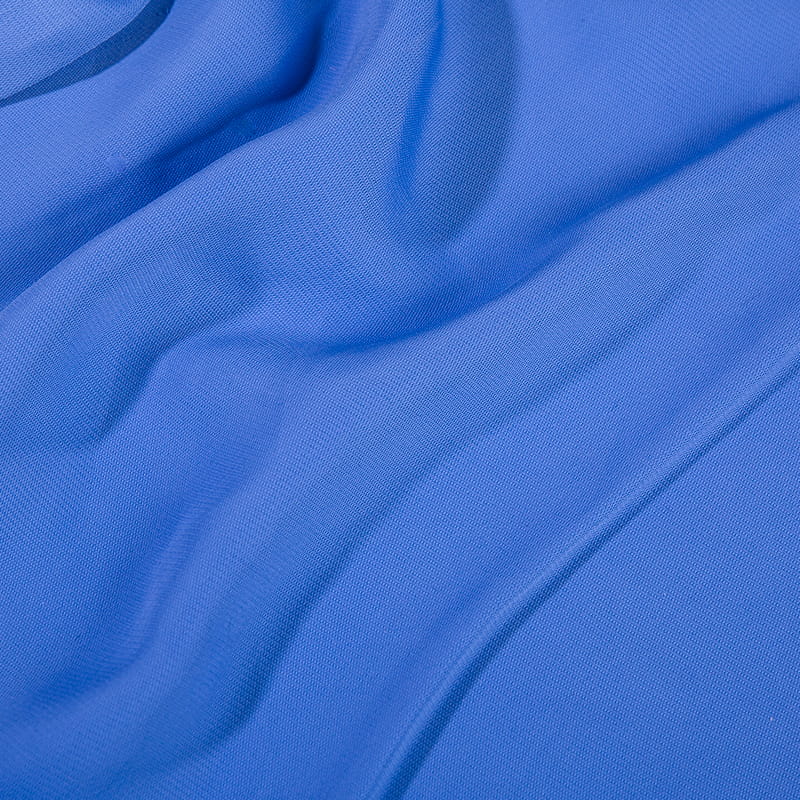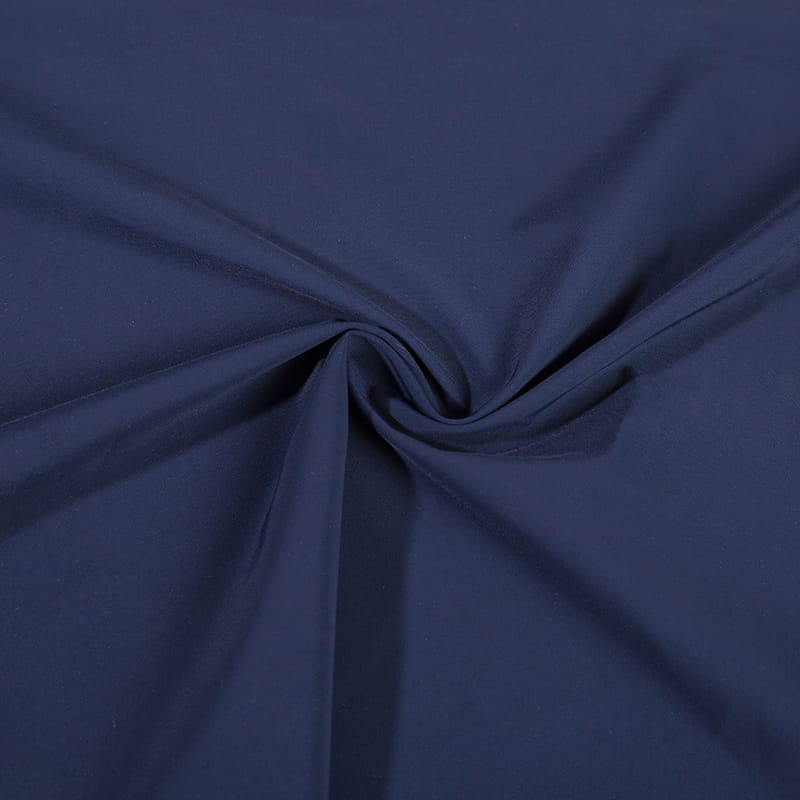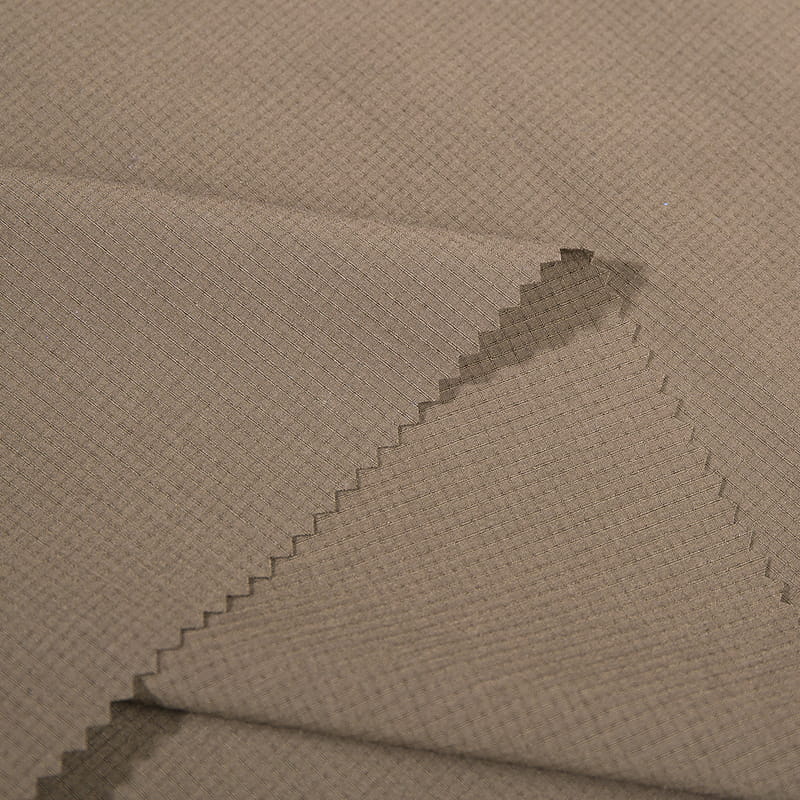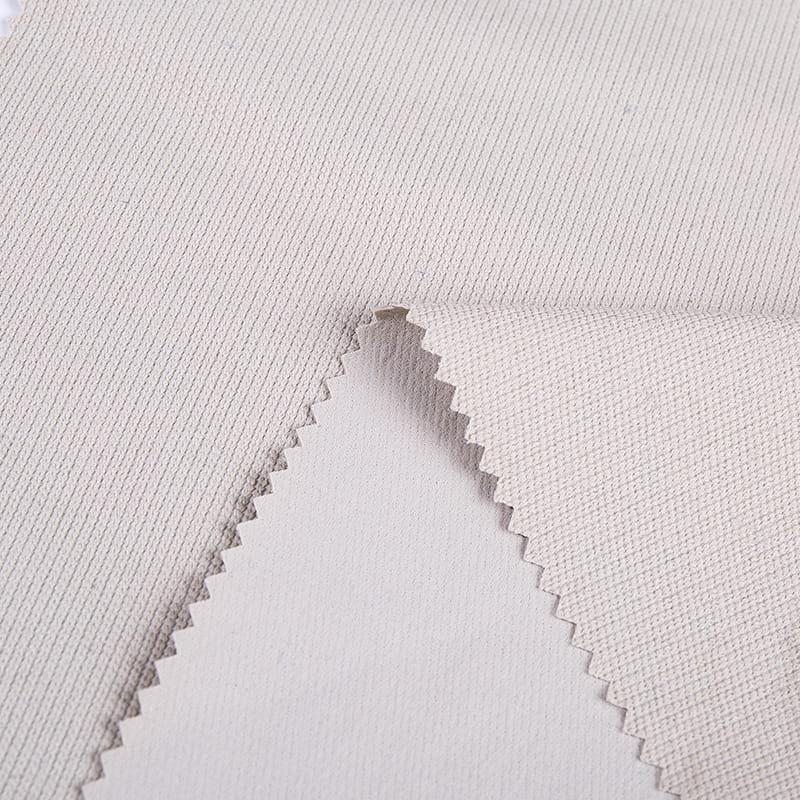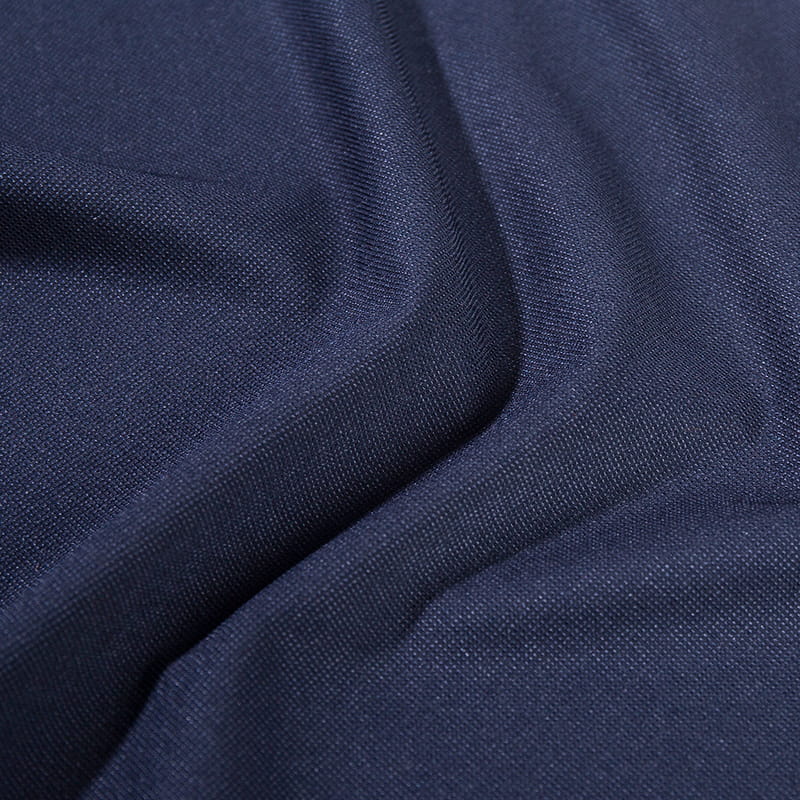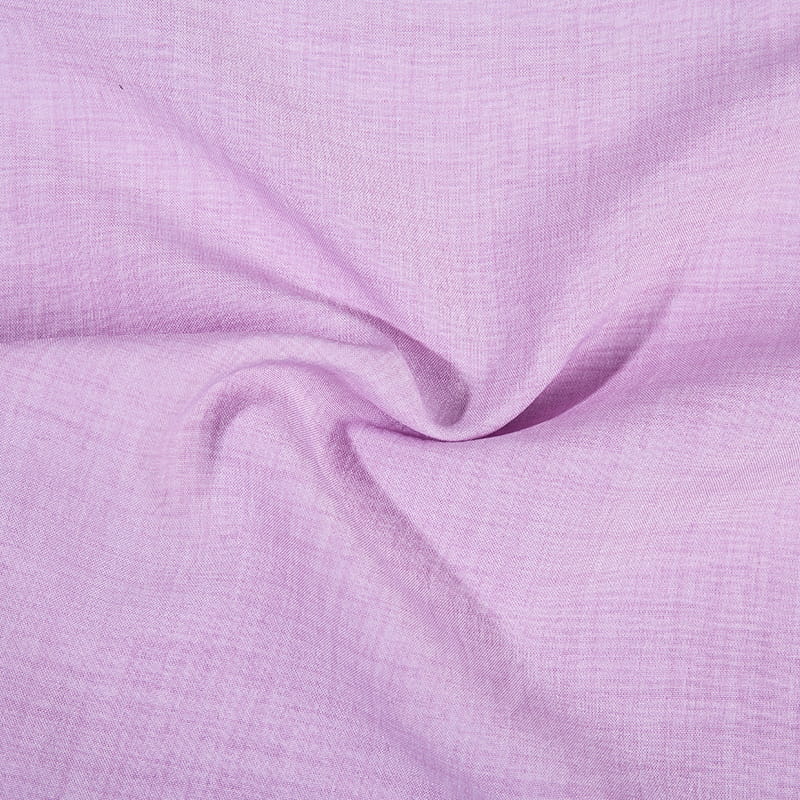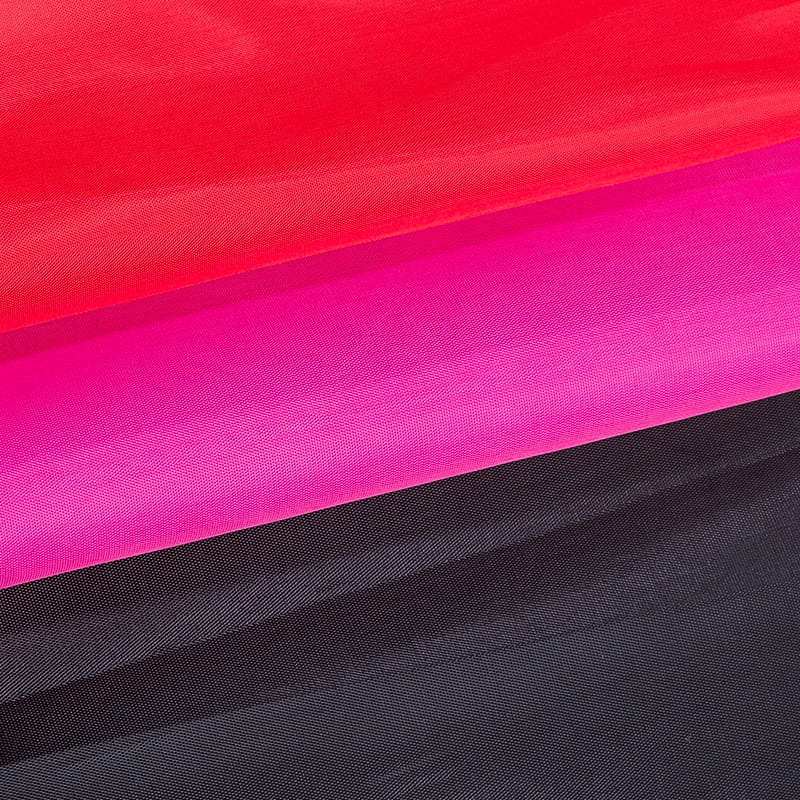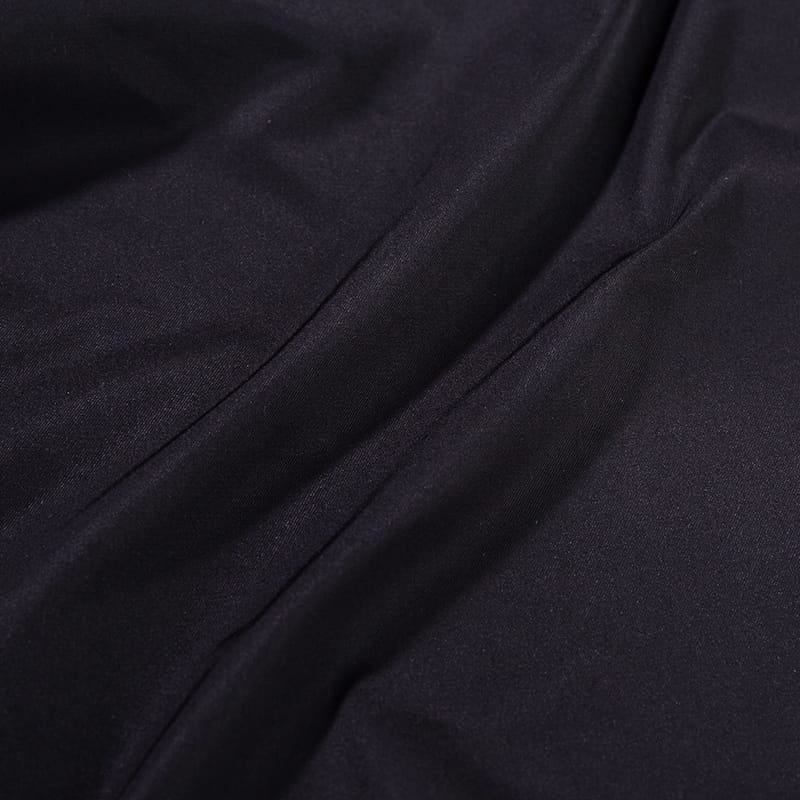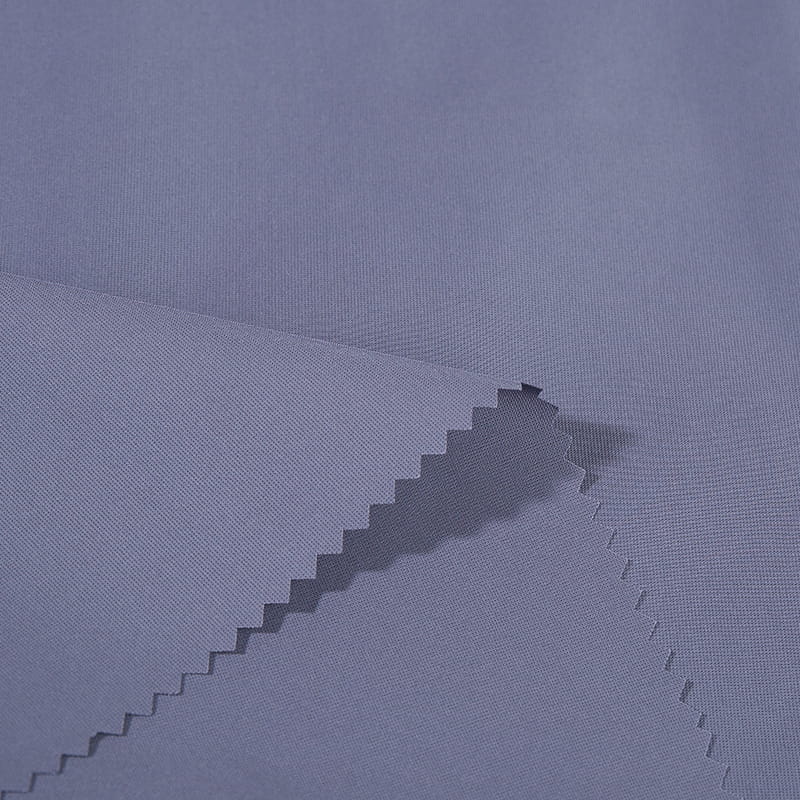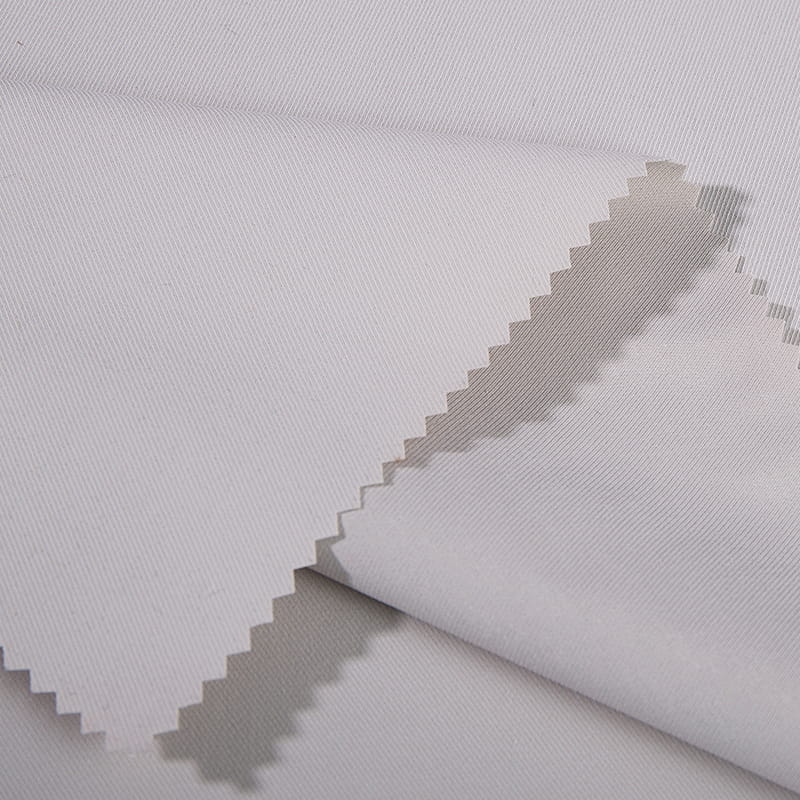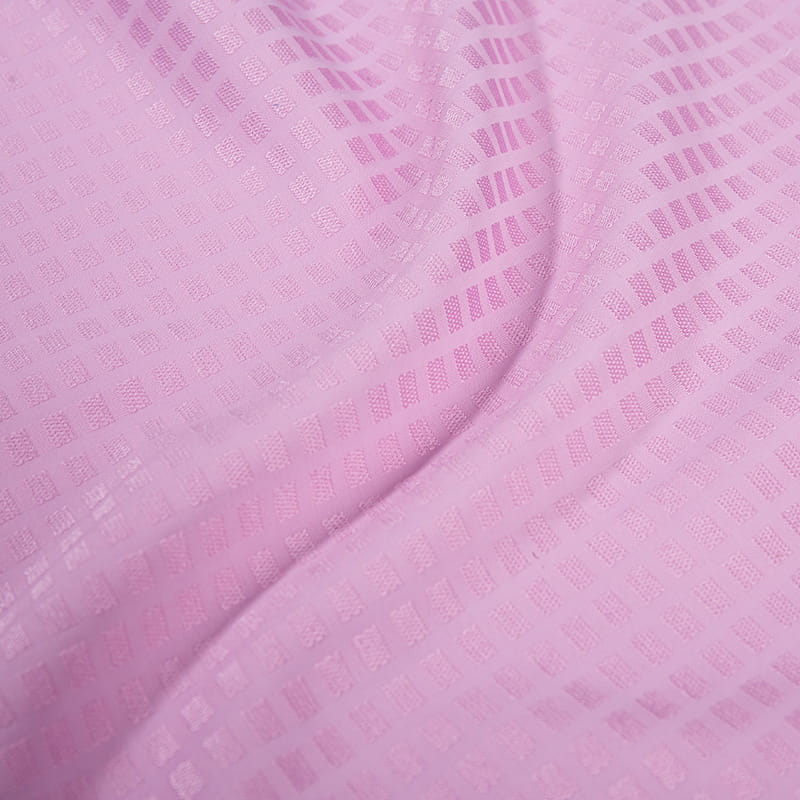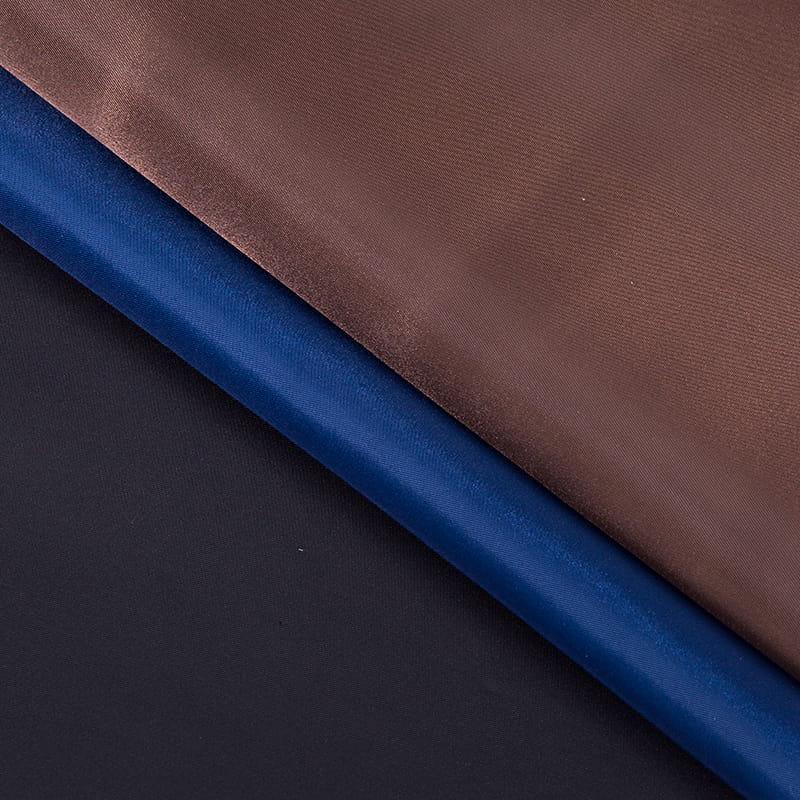Want to Know Why Polyester Pongee Waterproof Fabric is So Watertight?
2025-09-03
If you've ever been caught in a downpour, you know the importance of reliable waterproof gear. From your trusty rain jacket to the tent that's your only shelter, the fabric makes all the difference. Among the many options, Polyester Pongee Waterproof Fabric stands out as a top performer. But what exactly is this material, and how does it manage to repel water so effectively? This article will dive deep into the science behind this incredible fabric, exploring its properties, applications, and how it stacks up against other popular materials.
Uncovering the Identity of Polyester Pongee Waterproof Fabric
To truly understand how this fabric works, you first need to break down its name. It's not just a single material, but a combination of a specific weave and a technical treatment. This is where we answer the question, "What kind of fabric is Polyester Pongee Waterproof Fabric?"
Breaking Down the Components
-
The "Polyester Pongee" Base Fabric
Pongee is a plain-woven fabric originally made from silk, but modern versions almost always use polyester yarn. The key to its performance is the high-density weave of the polyester fibers, which creates a smooth, tightly-packed surface. This inherent structure is the first line of defense against water, as it makes it difficult for droplets to penetrate the gaps between the threads. This weave also gives the fabric a soft, lightweight feel, making it comfortable to wear and easy to pack.
-
The "Waterproof Fabric" Treatment
While the tight weave helps, it’s the special coating that provides the true waterproof power. Most commonly, a layer of polyurethane (PU) or polyvinyl chloride (PVC) is applied to the reverse side of the Pongee fabric. This coating acts as a complete barrier, preventing any water that manages to get past the initial weave from seeping through. The thickness of this coating is often measured in millimeters and directly correlates with the fabric's waterproof rating, a crucial factor for performance gear.

The Pros and Cons of Polyester Pongee Waterproof Fabric
Just like any material, Polyester Pongee Waterproof Fabric has its strengths and weaknesses. Understanding its advantages and disadvantages is key to making an informed choice for your next purchase. This section addresses the question, "What are the pros and cons of Polyester Pongee Waterproof Fabric?"
Detailed Analysis of Its Characteristics
-
The Pros
The fabric’s primary advantage is its exceptional waterproof capability. The combination of the tight Pongee weave and the PU or PVC coating creates a formidable barrier against rain. Its smooth, lightweight texture makes it highly versatile, perfect for everything from apparel to gear. It also boasts good durability, resisting tears and abrasions better than many other lightweight materials. Furthermore, the polyester base holds color very well, allowing for a wide range of vibrant colors and patterns.
-
The Cons
A notable limitation of this fabric is its breathability. While excellent at keeping water out, the waterproof coating can trap moisture and heat inside, which can be a concern for high-exertion activities. The waterproof coating can also wear down over time, especially with frequent use and improper care. This can lead to a gradual reduction in its waterproof performance, a fact that is important to consider for long-term use.
Diving Deep into the Manufacturing Process
The impressive performance of this fabric is a direct result of its carefully controlled manufacturing process. To truly appreciate its quality, it helps to understand how it's made. Here, we'll explore the answer to "What is the manufacturing process for Polyester Pongee Waterproof Fabric?"
From Yarn to Waterproofing
-
Step 1: Fabric Weaving
The journey begins with polyester yarn. These fine, synthetic fibers are meticulously woven into the distinctive Pongee pattern. This plain weave is not just for aesthetics; its high-density nature is a fundamental part of the fabric’s strength and initial water resistance. The tight interlocking of threads creates a smooth, uniform surface that is an ideal foundation for the subsequent waterproofing treatment.
-
Step 2: The Waterproof Coating
Once the base fabric is woven, it is ready for the waterproofing stage. The most common method involves a coating process where a liquid polymer, usually polyurethane (PU), is applied to one side of the fabric. The fabric is either dipped or coated in a controlled manner to ensure an even, consistent layer. This coated fabric is then passed through a drying and curing process to bond the polymer to the polyester, creating a flexible and waterproof film. This final layer is what gives the fabric its impermeable quality, making it ready for the most demanding applications.
Comparison and Applications
When choosing a waterproof material, it's often a matter of comparing different options to find the best fit. A common question users have is, "Which is better: Polyester Pongee Waterproof Fabric or Oxford cloth?" While both are polyester-based, they have distinct characteristics that make them suitable for different tasks.
Polyester Pongee vs. Oxford Cloth
Pongee is generally lighter and has a softer feel, while Oxford cloth is heavier, more durable, and often has a basket-weave pattern. This makes Pongee ideal for applications where weight and feel are a priority, whereas Oxford cloth is preferred for items that require exceptional ruggedness. Below is a comparison table to help clarify their differences.
| Feature | Polyester Pongee Waterproof Fabric | Oxford Cloth |
|---|---|---|
| Weight | Lighter | Heavier |
| Texture/Feel | Soft, smooth, silk-like | Coarser, more rigid |
| Durability | Good Tear Resistance | Excellent, very rugged |
| Typical Use | Lightweight rain jackets, umbrellas, tents | Heavy-duty backpacks, luggage, furniture covers |
Spotlight on Polyester Pongee Waterproof Fabric for Outdoor Tents
-
Umbrellas and Rain Jackets
The fabric’s ability to repel water and its soft feel make it an excellent choice for everyday rain gear. It sheds water effortlessly, keeping you dry and comfortable during sudden downpours.
-
Bags and Covers
From waterproof tote bags to protective covers for outdoor furniture, this fabric’s versatility is on full display. Its combination of light weight and strong waterproof properties makes it a go-to material for protecting items from the elements.
How to Choose and Care for Your Gear
To ensure your investment lasts, it's important to know how to select the right product and maintain it properly. When shopping, always look for details on the waterproof rating (measured in millimeters) and the type of coating used. A higher rating indicates better water resistance. To care for the fabric, avoid harsh detergents and fabric softeners, which can degrade the waterproof coating. Instead, use a gentle cycle with a mild soap and hang it to air dry. Proper care will ensure your Polyester Pongee Waterproof Fabric continues to perform at its best for years to come.
In conclusion, the secret to the exceptional waterproof quality of this fabric lies in the intelligent combination of a high-density Pongee weave and a protective polymer coating. It's a testament to how material science can create functional, durable, and versatile products for our everyday lives. Do you have any other questions about this incredible fabric?

 English
English русский
русский عربى
عربى